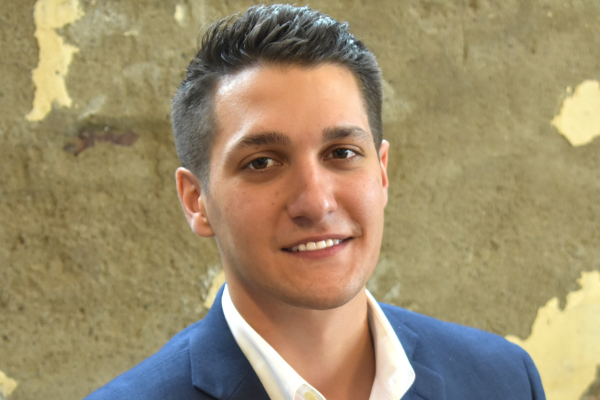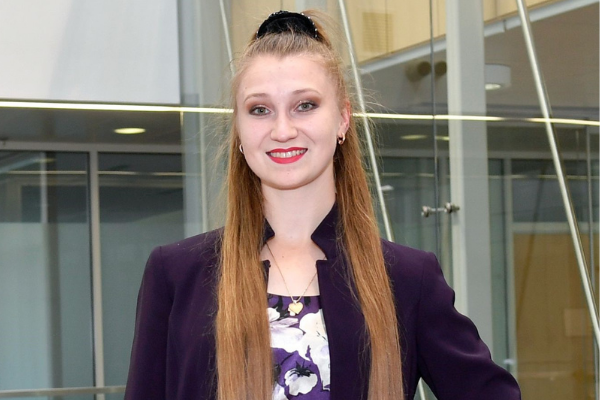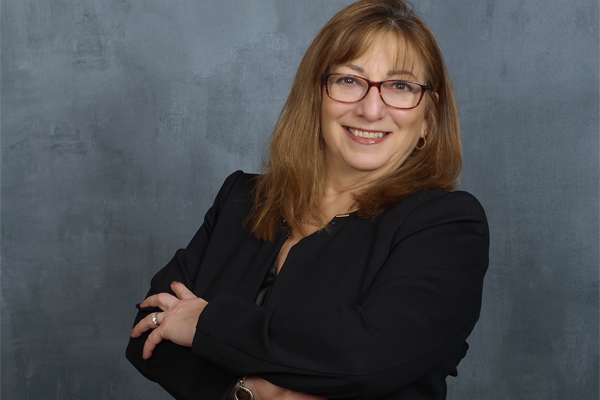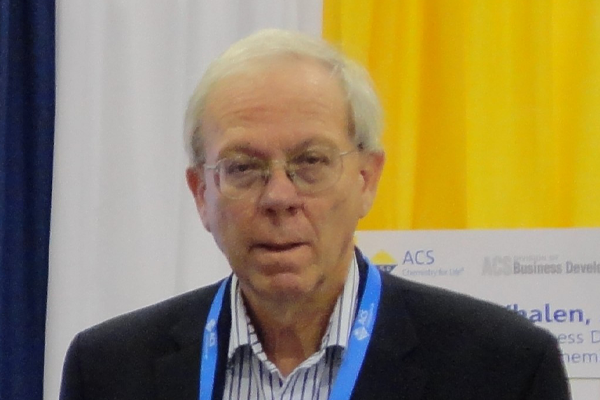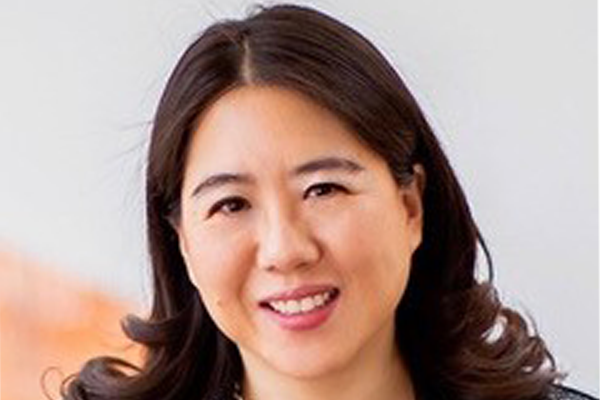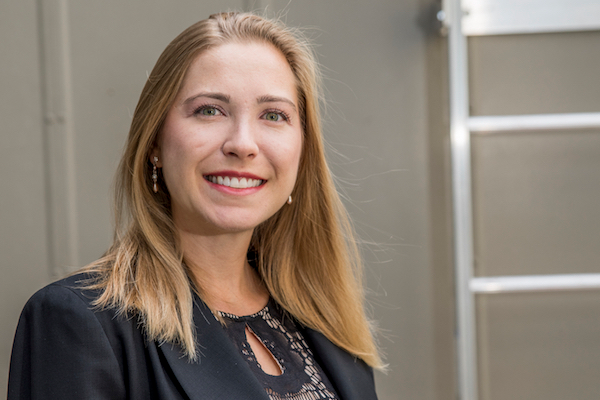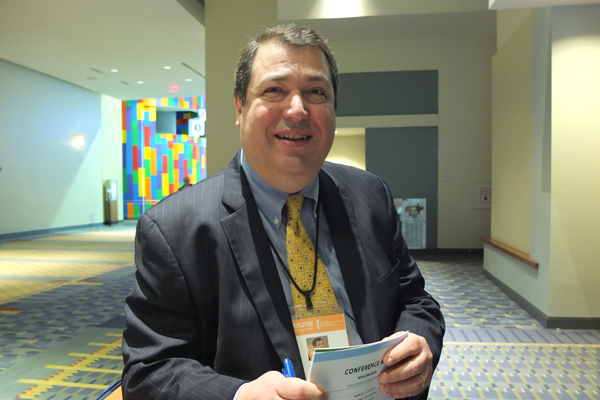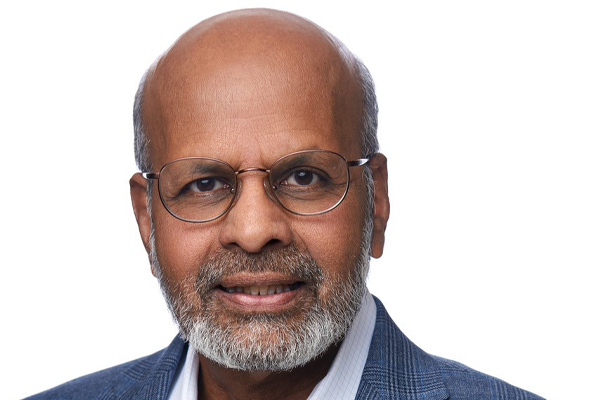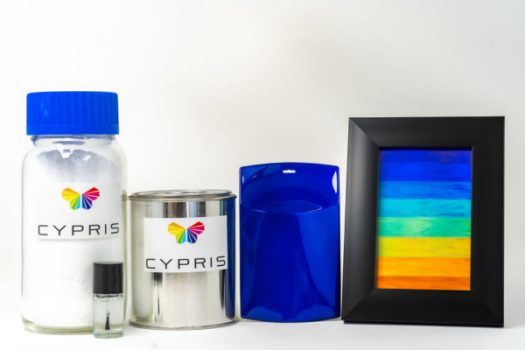
What are the problems that Cypris is addressing in coatings and color?
Color is a crucial component to nearly every commercial market. Even though colorants are omnipresent in virtually every product, the technology behind colorant development and manufacturing surprisingly remains largely unchanged and it is not for a lack of demand, however, the pipeline is stagnant.
In addition to the unmet craving for new technologies to differentiate themselves from their competitors, colorant industry players have long had to deal with recurring regulation, and environmental and health concerns spanning every color of the rainbow. My favorite example is that green—ironically, since it is the color of the environmental movement—is anything but Igreen.
The article I always point people to a 2010 New York Times report: “Take Pigment Green 7, the commonest shade of green used in plastics and paper. It is an organic pigment but contains chlorine, some forms of which can cause cancer and birth defects. Another popular shade, Pigment Green 36, includes potentially hazardous bromide atoms as well as chlorine; while inorganic Pigment Green 50 is a noxious cocktail of cobalt, titanium, nickel and zinc oxide.”[i] In addition to the human health concerns surrounding colorants, the pigments that make green plastics and paper can make a large environmental impact as they are nearly impossible to recycle or compost because they contaminate everything else they are being recycled with.
Big brands have publicly emphasized that environmental concerns are a top-priority and recognized the existential problem, both to their company and the greater global community’s sustainability goals. The color solution Cypris is working on, structural color, has been viewed by environmentalists as the Holy Grail to realize a safer alternative to organic dyes, inorganic pigments, and effect pigments.[ii]
How does Cypris make paintable, structural color?
Cypris is leveraging our patented brush block copolymer technology to develop sustainable structural color as a drop-in colorant replacement that could see use in cosmetic, printing, automotive and architectural applications. Our technology enables a method for the production of paintable reflective photonic crystal paints and inks from inert synthetic polymers employing solution-deposited coatings from solvents capable of rapid self-assembly, achieving high chroma vibrant structures in minutes under ambient conditions.
With the support of the Activate Fellowship and Berkeley Lab’s Cyclotron Road Division, the Department of Energy, the National Science Foundation, and many other great organizations our team developed a unique strategy to overcome the aforementioned challenges through the design of a photonic crystal coating composition and deposition process. The simplicity of manufacturing and application of our photonic paint enables us to leverage common existing industrial assets for coating deposition.
Over the past two years, the potential impact of this technology has been demonstrated through several prototypes. A video of the formulation, application and self-assembly into nanostructured reflective photonic crystal coatings at ambient temperatures can be watched on our company’s website or YouTube channel (Video 1).
How has Cypris kept building during the pandemic?
To build relationships through COVID lockdowns, our team produced videos showing the simplicity of our paint/ink formulation (Achieving Color Without (Classical) Colorants), the ease of application (Cypris Materials Structural Color Application (Spray Gun)), the practical and relatable use cases for our sustainable color platform such as nail polish (Cypris Materials Structural Color Nail Polish), and with the help of the biomimicry institute via the Ray of Hope competition a video giving a broad overview (How butterflies inspired a new type of paint).
Marketing demonstration videos were a catalyst to our success in 2020. These videos were posted to social media which garnered tens of thousands of views and led to an overwhelming in-bound business engagement. Surprisingly even posting to unconventional platforms like Reddit’s r/chemistry secured a paid feasibility study. These efforts alone resulted in 10 individual non-recurring engineering projects just in the last four months of 2020. In addition to our marketing videos, we developed inexpensive sample kits to let our customers engage with our material (Figure 1).
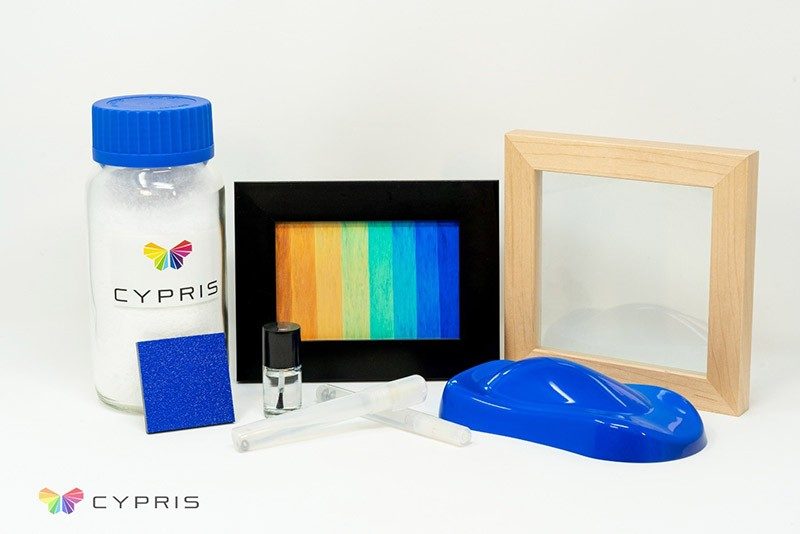
What is your approach to real-world product testing?
The product is always top of mind. All of Cypris’ employees carry around rainbow “paint swatches.” I keep mine on my car keys. I find that this ensures that we are always thinking about new applications for our color, observing it in different lighting, as well as doing a real-world durability testing. My keys get dropped, rubbed, scratched, and thrown, as much, if not more, than any other object in my daily life.
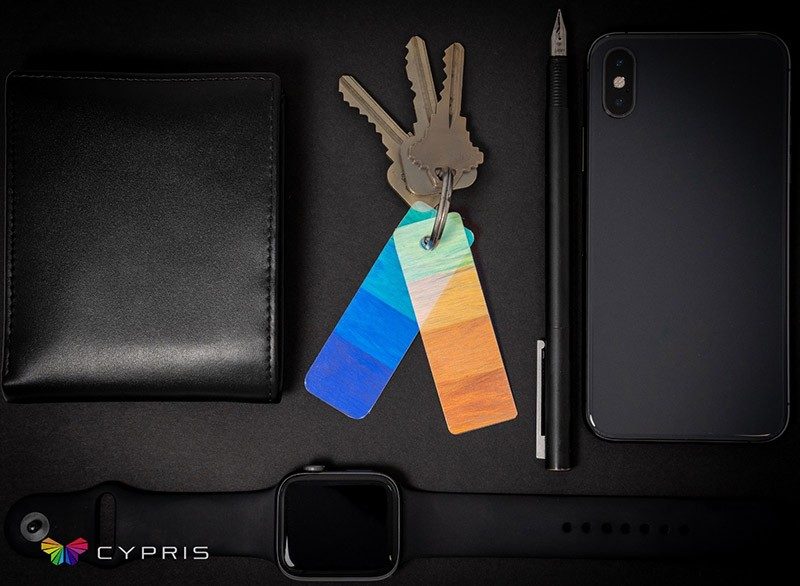
What’s on the horizon for Cypris Materials?
In 2020 our goal was to get out of the lab to learn about the market and get our materials in as many people’s hands as possible. In the next two years we will partner and scale with early adopters to get to market. Ultimately, our vision is to become the leading (structural) color supplier to leading color formulators and their customers who address major consumer markets.

Ryan Pearson is the co-founder and CEO of Cypris Materials, Inc., a company whose vision is to reinvent humans’ relationship with color through the commercialization of sustainable paints inspired by natural structural color. Through leveraging his background in polymer chemistry, Ryan and the team at Cypris have developed selectively reflective, paintable coatings with broad applications spanning commodity and high-performance markets. Pearson’s entrepreneurial drive is rooted in his commitment to green chemistry and desire to translate research into commercial technologies.
In 2018, he presented a TEDx talk on Cypris’ paintable reflective coatings and was recently recognized on the Forbes 30 under 30 list in 2020. Ryan received his bachelor’s degree from Pennsylvania State University and PhD in Chemistry from Colorado State University.
[i] Rawsthorn, Alice. Meinhold, Bridgette. “The Toxic Side of Being, Literally, Green” New York Times, April 4, 2010. https://www.nytimes.com/2010/04/05/arts/05iht-design5.html?searchResultPosition=2
[ii] McDonough, William, and Michael Braungart. The Upcycle: beyond Sustainability, Designing for Abundance. North Point Press, a Division of Farrar, Straus and Giroux, 2013.
This is an edited version of the story that originally published on January 28, 2021.
The opinions expressed in this article are the author's own and do not necessarily reflect the view of their employer or the American Chemical Society.
Copyright 2021 American Chemical Society (All Rights Reserved)


